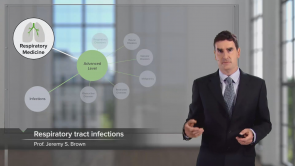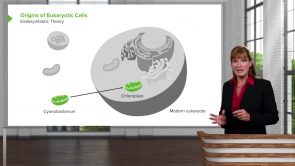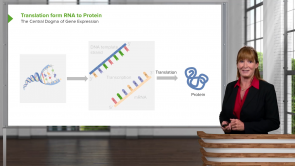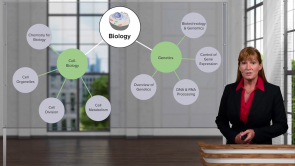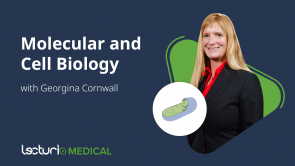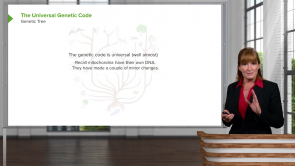Cutting the DNA

Über den Vortrag
Der Vortrag „Cutting the DNA “ von Georgina Cornwall, PhD ist Bestandteil des Kurses „Physikum Komplettkurs“.
Quiz zum Vortrag
Which of the following is TRUE regarding the recombination process? Select all that apply.
- Sticky ends are the regions of recombinant DNA that are spliced together.
- Palindromic sequences in DNA are recognized by restriction endonucleases to create sticky ends.
- Type III restriction endonuclease is the most precise.
- Restriction enzymes are most commonly used to insert bacterial DNA into human DNA.
- Sticky ends have to be methylated to attach to each other.
Which of the following statements is INCORRECT regarding the EcoRI enzyme?
- The EcoRI enzyme helps eukaryotic cells to become immunized against viral attacks.
- EcoRI is a useful restriction endonuclease enzyme for gene-cloning procedures.
- The action of the EcoRI enzyme results in dsDNA fragments having sticky ends with 5′ end overhangs of AATT.
- EcoRI enzyme cuts the G/AATTC recognition sequence on the dsDNA that has a palindromic complementary sequence CTTAA/G.
- EcoRI was the first restriction endonuclease enzyme isolated from E. coli.
Diese Kurse könnten Sie interessieren
Kundenrezensionen
5,0 von 5 Sternen
| 5 Sterne |
|
1 |
| 4 Sterne |
|
0 |
| 3 Sterne |
|
0 |
| 2 Sterne |
|
0 |
| 1 Stern |
|
0 |
in depth knowledge on DNA splicing, ecor 1 and so the base pairs want to stick together and then ligase comes along to stick together the backbones, the phosphate-sugar backbones. Here you can see how the two pieces come together and now we have a recombinant DNA molecule. Again, we are generally looking at a circular chromosome and a foreign piece of DNA being inserted into that circular chromosome and so we'll see two ends of sticky ends and insertion of that sequence.
